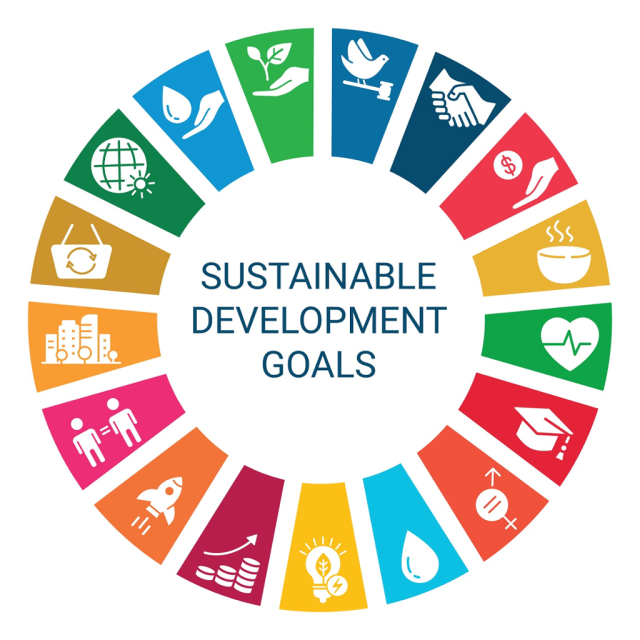On October 5th, 2023, I had the opportunity to visit the ECHO global farm park located in North Fort Myers with my colloquium class. Going into the trip (based on the name), I thought we were going to a farm that harvest fruits and vegetables and ship them to communities in needs. Although this is apart of ECHO mission, ECHO Stood for something much greater.
ECHO is used as an acronym for Educational Concerns for Hunger Organization. Their goal was to potentially ease world hunger by their resources of sharing information, ideas, techniques, methods, plants, books, materials and solutions. They function mainly by providing agricultural information to overseas workers, distributing seeds for promising food plants, and offering training opportunities at the farm. They are a nationally known organization however, most people in Fort Myers never heard about them.


The first part of our tour took place at the seed bank. The seed bank is where the farm grow and harvest seeds and send them to communities all over the world. The seeds they harvest are called open pollination (opposite of GMO) which means to re-use of seeds to produce the same plant the following year. At this spot, we also learned about many other methods in which farmers can grow more efficiently called appropriate technology.


After that we moved to my favorite part of the tour where we learned 4 different ways to purify water. Most people who come to seek help from ECHO live in underdeveloped countries that lack clean water. With that being said, they are forced to drink unsanitary water from swamps or streams. Being that water is arguably the most important resource in our life, it is important that we feed ourselves good fresh water. The first method we learned was by way of moringa seeds that grow on moringa trees. The moringa seed powder has a good coagulant for cleaning raw turbid water. This method can remove up to 90% of the bacteria from raw water. Another method included adapting an straw that acts almost like a vacuum
because it has a filter in it that has such small holes that only water can get through it and the rest of the bacteria and parasites (metals and chemicals) are left stuck in a filter (that you can pull out). The third method includes using a clay big bowl. Clay can filter and absorb pollutants and through porous ceramic, and purified water then seeps out the bottom through filtration. The last way is the easiest way, which is to capture water in your water bottle and to then lay it directly in the sun and let the sun radiation kill off the bacteria.


While leaving that spot, we also saw how many people would used clay to make houses or clay to make strong, firm walls. Speaking of house, we also passed by a house made out of bamboo. The bamboo being used was not your typical bamboo, it was a lot stronger. Our tour guide informed us that bamboo have natural sugars insides that insects like to eat at. Therefore, through ECHO they will teach you how to properly clean out bamboo sticks so that the bugs won't eat you out a house.
The last portions of our trip or tour consist us going through the garden where we saw different fruits, plants, and harvesting of plants. Many farmers around the world are limited on supplies needed to farm correctly. Through the help of ECHO they are able to improvise by gardening with stacks, tires, and even bricks. I even saw an elevated garden built for people (older typically) who have a hard time bending down or over to do field work.
I really enjoyed my trip at ECHO. So far out of the rest of the trips we went on, this one had the most sentimental touch. You never really realize how blessed and fortunate you are until you hear about what's taking place in different countries. This trip reminded me to be grateful for the little things and that one mans trash can also be another mans treasure.





.jpg)


































